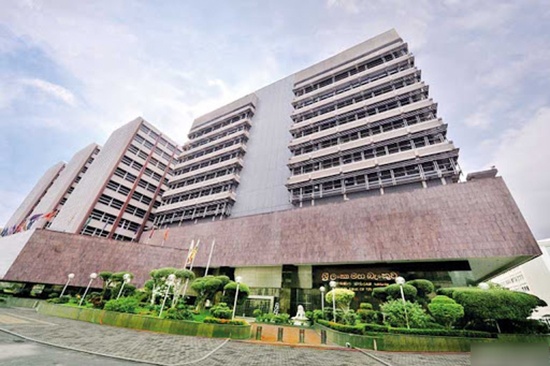Business
CBSL continues accommodative monetary policy stance

The Monetary Board of the Central Bank of Sri Lanka, at its meeting held on November 25, decided to maintain the Standing Deposit Facility Rate (SDFR) and the Standing Lending Facility Rate (SLFR) of the Central Bank at their current levels of 4.50 per cent and 5.50 per cent, respectively.
The Board arrived at this decision after carefully considering the macroeconomic conditions and expected developments on the domestic and global fronts. The Board, having noted the reduction in overall market lending rates so far during the year, stressed the need for a continued downward adjustment in lending rates to boost economic growth in the absence of demand driven inflationary pressures, particularly considering the significant levels of excess liquidity prevailing in the domestic money market.
In order to support the economic revival, the Board decided to introduce maximum interest rates on mortgage backed housing loans for salaried workers, while lending targets for selected sectors of the economy will be introduced in the near future. The second wave of COVID-19 has destabilised global growth prospects, but vaccine expectations have helped improve sentiments. Accommodative monetary policies adopted by almost all central banks across the globe continued amidst weak economic activity. Growing uncertainty, triggered by the second wave of COVID-19, has led central banks to further expand unconventional policy measures, including quantitative easing, while governments with adequate fiscal space continued to provide additional stimulus to their respective economies.
However, the recent breakthroughs in relation to COVID-19 vaccines have helped improve sentiments worldwide.
The Sri Lankan economy was seen as having recovered strongly during the third quarter of 2020, before the disruptions caused by the second wave of COVID-19
Available economic indicators suggest a notable recovery in economic activity in the third quarter of 2020. The onset of the second wave of COVID-19 in October adversely affected this momentum to some extent. However, the impact of the containment measures on economic activity is not expected to be large, as mobility restrictions were imposed only in selected areas, and most of these restrictions have already been lifted in many areas.
Despite this disturbance to the near term growth prospects, the economy is expected to rebound strongly in 2021 and sustain its growth momentum over the medium term, supported by the stimulus measures already in place and the effective implementation of the pro-growth policy proposals announced in the Government Budget 2021.
External sector remains resilient amidst challenging global developments Provisional data indicate that the deficit in the trade account continued to narrow significantly, on a year-on-year basis, for the sixth consecutive month in October 2020. Workers’ remittances increased for five consecutive months.